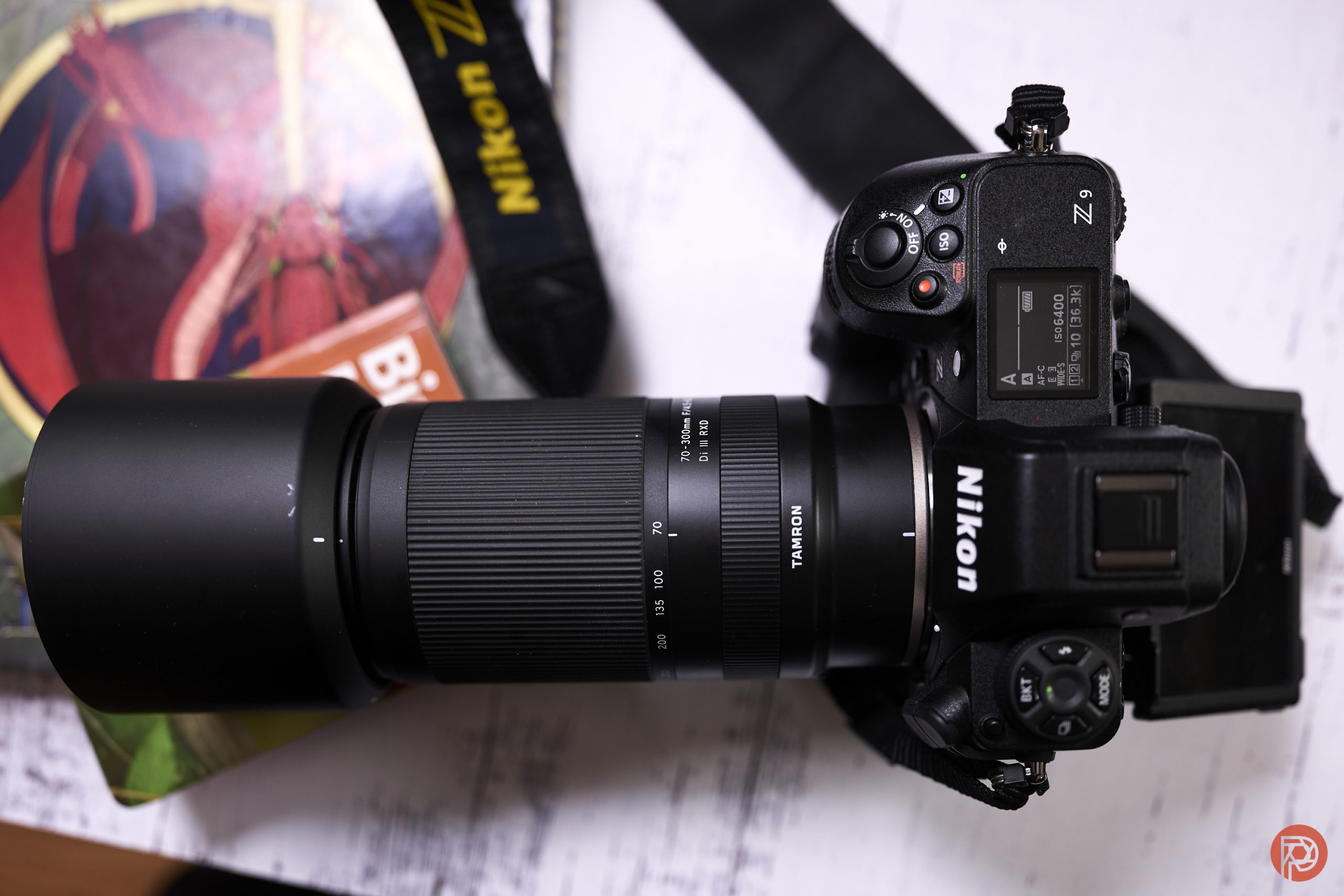
Last Updated on 04/03/2025 by Chris Gampat
President Donald Trump finally imposed tariffs by the US government on various countries around the world. This comes shortly after the administration imposed tariffs on Canada, Mexico, and China in February. According to the White House, these are reciprocal tariffs, which will supposedly help the United States get the upper hand in a trade war. As a result of this, several camera manufacturers in various countries will face different taxes, and overall, this will further contribute to the growing prices of gear.
Per the new tariffs, countries such as China, Japan, Vietnam, Thailand, and even the European Union now face a certain number of reciprocal tariffs, which will impact the camera companies. Here is a look at them and how it might be affecting the market:
- Japan: 24%
- China: 34%
- Vietnam: 46%
- Thailand: 36%
- Malaysia: 24%
- EU: 20%
A quick look and you can notice how companies such as Canon, Nikon, Fujifilm, Sony, Leica, Panasonic, OM Systems, and many third-party lens and photography accessory makers will now be hit by the increase. That’s because major camera brands and accessories makers are now working in these countries, which will directly impact photographers.
Per the updated list of production centers by Sony Alpha Rumors:
- Canon – Japan, Taiwan, Malaysia, Thailand, and China
- Nikon – Thailand and Japan
- Sony – Thailand and China
- Fujifilm – Japan and China
- Panasonic – China and Malaysia
- OM System (Olympus) – Vietnam and China
- Leica – Germany and Portugal
To give you a rough idea, here is a look at how much you can expect the prices to increase:
- Sony a7R IV: Current price $2,699. With 36% tariffs on Thailand, it will now cost $3,670.
- Leica M11: Current price is $8,999. With 20% tariffs on Germany, which is part of EU, the new camera will cost around $10,789.
- Nikon Z9: Costs about $4,339. With its production in Thailand and Japan, it can be between $5,386 to $5,901.
- Canon R5 II: The current price is $5,099. Since Canon has plants in five countries, the new price can range between $6,322 to $6,934.
- Fujifilm GFX100S II: The current price is $4,999, with 24% tariffs, it will be close to $6,198 and with 34% tariffs, it will now cost $6,698.
- Panasonic S9: Current price is $1,497. With a 24% rise, it will cost $1,856 to a 34% hike, making it $2,005.
These are not actual numbers but an estimate of what you can expect. Of course, not every camera maker makes the device available entirely in one country. There are parts that are imported from countries like China, which could also factor in the rising cost. Similarly, the prices of third-party lenses will also increase. However, we do not know if there will be a blanket hike across all cameras and lenses or whether it will be on a case basis.
Either way, it is safe to say that fewer people will invest in newer cameras now, as mirrorless cameras are far too expensive now. The return of compact cameras, on the other hand, will further benefit from this. A lot of people do not want to squeeze their pockets for an APS-C camera either, thanks to already rising prices. However, this could also see manufacturers moving to other countries that are not on the list, or we may get some compromise on quality. One thing is for sure: we may see a slowdown in camera purchases, which recently was picking up some pace. This means second-hand camera models from five years or a decade ago could be more beneficial for purchase. They are just as powerful as the newer cameras.
We have to wait until a week to see how this plays out. In the meantime, we hope Trump does not sign more egregious tariffs.

